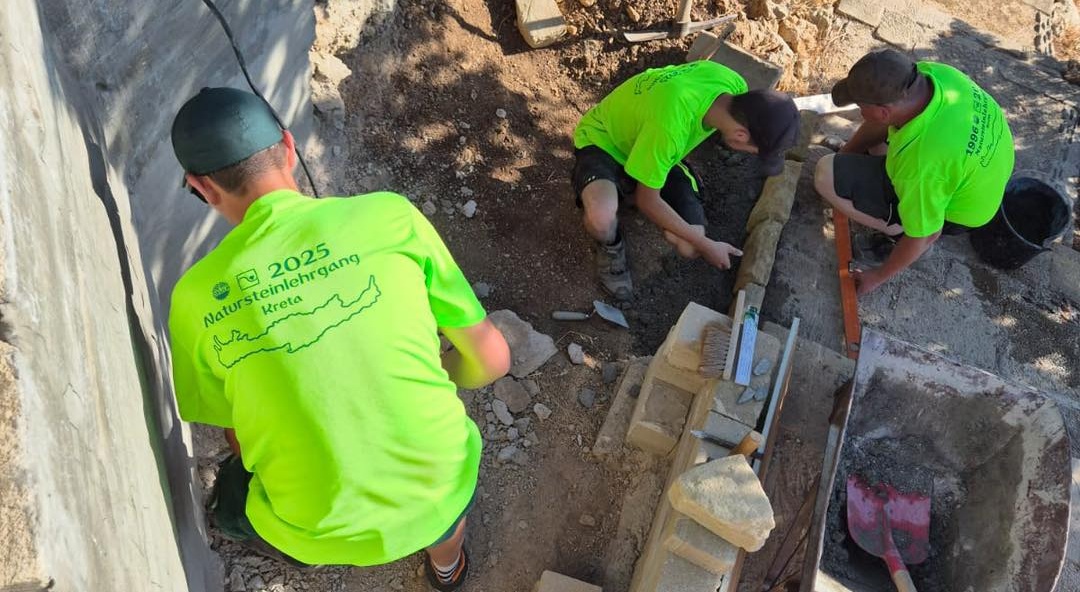
The internship program for students of the School of Landscape Gardening from the German states of Rhineland-Palatinate and Saarland and the corresponding vocational schools (Vocational School for Stone Processing and Landscape Gardening Galabau and European Vocational School) was successfully completed for another year. Saarland, and the corresponding vocational schools (Galabau Vocational School for Stone Processing and Landscape Gardening and European Red Cross Vocational School, etc.), under the guidance of their instructors Alexander Kreisel, Michael Hemmes, etc.
The program aims to train students in the use of stone, creating mosaics, paths, and bridges inspired by both traditional Cretan art and symbols of Christian tradition. The activity is part of their final year of practical training.
The students have been continuing their work at the OAC without interruption since 1996, on the initiative of Professor Eckhart Boy. The entire effort is supported by European Educational Programs, and students have the opportunity to learn the Greek language, culture, and history of Crete, as well as visit the interior of the island, churches, museums, and other attractions in the area.
Dr. Konstantinos Zorbas, General Director of OAC, noted, among other things: “The involvement of young people from the above schools in the use of stone is not simply a technical or professional choice. It is a means of connecting with history, art, nature, and themselves. The revival and promotion of this creative activity is an important step towards a more creative and meaningful future. Stone, as one of the oldest natural materials used by humans in Crete, has timeless value and is part of our cultural heritage. Engaging young people in the art of stone—for construction, sculpture, traditional architecture, or contemporary creation—is particularly important on many levels.
Firstly, young people are given the opportunity to learn about and continue traditional techniques that are in danger of being lost. Preserving and reviving the art of stonework contributes to the preservation of a place’s cultural identity and historical memory. Young people thus become agents of continuity and creativity, combining tradition with modern elements.
Secondly, working with stone develops important skills such as patience, precision, perseverance, and creative thinking. Stone is not easily corrected, which requires the creator to be attentive and respectful of the material. These virtues are useful in every aspect of life and personal development.
In addition, working with stone can offer professional opportunities. At a time when unemployment often affects young people, specialization in areas such as stone masonry, the maintenance of traditional buildings, or artistic creation with stone can be a viable career path with promising prospects.
Finally, the psychological benefits should not be overlooked. Creating with natural materials such as stone brings people closer to nature and has a therapeutic effect, offering a sense of fulfillment and satisfaction.”
With a large part of the Holy Patriarchal and Stavropegic Monastery of Odigitria Gonia and the Chapel of Abba Makarios of the Academy already completed, the site is now accessible for an encounter with the art of stone, while also offering the opportunity to enjoy the natural environment of the area. It is also a jewel for the Municipality of Platanias and the wider area, thus also contributing to the maintenance of relations between the two twinned municipalities, Nieder-Olm in Germany and the Municipality of Platanias.

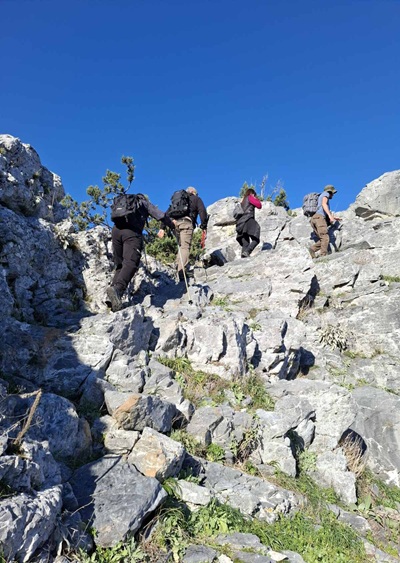
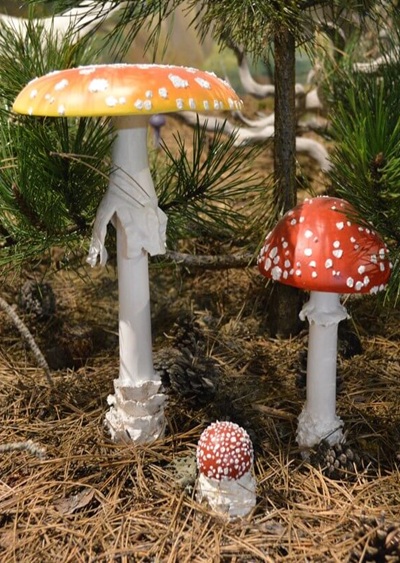
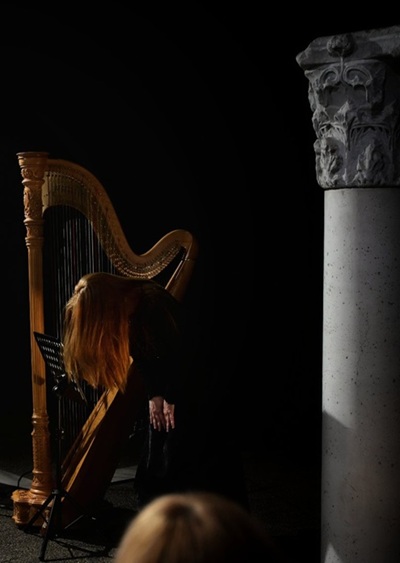
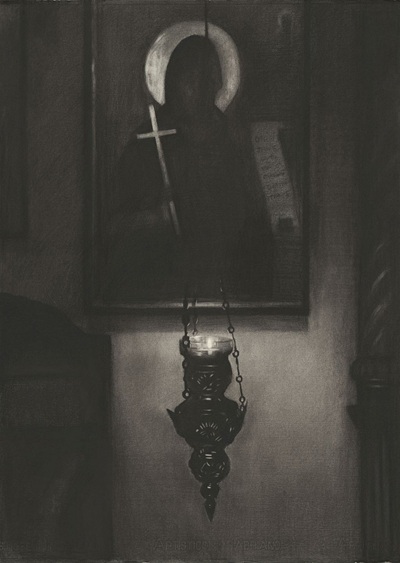


Leave A Comment